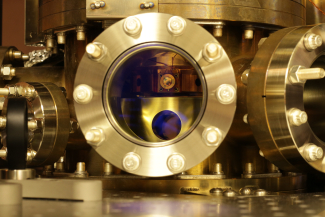In a significant development, researchers led by JILA and NIST/CU Boulder's Professor Jun Ye, alongside their peers, are harnessing the power of quantum squeezing to revolutionize our understanding of the universe. As detailed in a recent MIT Technology Review article, this innovative approach is set to enhance the detection of gravitational waves and improve the precision of atomic clocks, promising new insights into cosmic phenomena and the fundamental laws of physics.
Gravitational waves, ripples in the fabric of space-time produced by cataclysmic cosmic events like black hole mergers, have been observable since 2015 thanks to the Laser Interferometer Gravitational-Wave Observatory (LIGO). However, these waves' incredibly subtle nature requires unprecedented sensitivity detection equipment. Quantum squeezing, a technique that manipulates the uncertainties inherent in quantum mechanics, enables LIGO to detect these waves with even greater accuracy.
By applying quantum squeezing, LIGO researchers have reduced the quantum vacuum noise that hampers the clarity of gravitational wave signals. Based on principles first theorized in the 1980s and now realized in practical devices, this advancement has improved LIGO's detection capabilities by up to 65%, opening the door to observing more frequent and subtle cosmic events.
Parallel to these efforts, Professor Ye's University of Colorado Boulder team has applied quantum squeezing to enhance the precision of optical atomic clocks. These clocks, essential for high-precision timekeeping, can now maintain accuracy to within a second over 14 billion years, thanks to the manipulation of strontium atoms. This remarkable achievement not only stands to revolutionize timekeeping but also holds potential for applications in geophysics, dark matter detection, and beyond.
Quantum squeezing represents a significant stride in quantum mechanics, offering a practical tool for scientists to refine measurements and push the boundaries of precision in experiments. As the technology matures, its applications, ranging from quantum computing to navigation, promise to reshape our technological landscape and deepen our grasp of the universe's most profound mysteries.
For further reading, this press clipping covers this JILA highlight.
Written by Kenna Hughes-Castleberry, JILA Science Communicator





